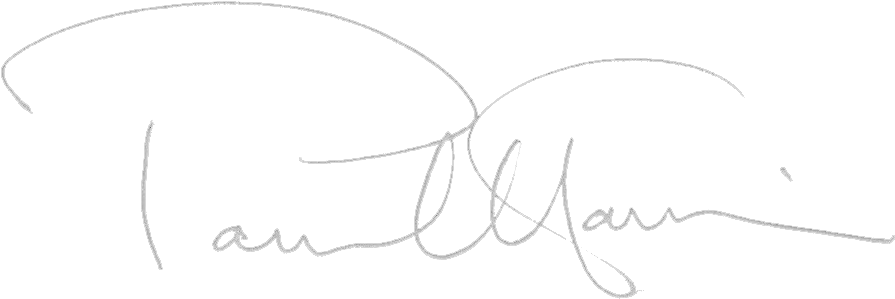In the Summer of 2000 I had the great pleasure of meeting James Gillespie, editor of The Clarinet Journal, during the International Clarinet Association (ICA) convention in Oklahoma. James asked me if I would like to contribute a regular column – an invitation that I found both humbling and daunting! The following ‘Letter from the UK’ was first published in December 2007 in The Clarinet Journal, the official publication of the ICA.
The Nash Ensemble will be well known to musicians and music lovers all over the world. They are, and have been for many years, one of the greatest chamber ensembles. You will therefore be delighted to learn that their newest CD (Hyperion, CDA67590) features the wonderful Clarinet Quintet by the English composer, Samuel Coleridge-Taylor, who was born in London in 1875. Coleridge-Taylor studied at the Royal College of Music where he was a pupil of Charles Stanford and a friend of fellow student and composer William Yeates Hurlstone (of Four Characteristic Pieces fame). He couldn’t resist his teacher’s challenge that ‘no one could write a clarinet quintet without displaying some Brahmsian influence’. Indeed, had Stanford set himself the same challenge when writing his own clarinet sonata he would have failed miserably! It pays some considerable obeisance to Brahms. But not only did Coleridge-Taylor meet the challenge, he also wrote a work of scintillating brilliance. Coleridge-Taylor himself openly admitted that his favourite composer was Dvorak and this is indeed the clarinet quintet that Dvorak never wrote (or at least, if he did, it has not yet been found!). When presented to Stanford, the master exclaimed, ‘You’ve done it, me boy!’ It’s a long work – just a few seconds short of thirty minutes – skilfully crafted and full of glorious melody and sparkling rhythms. Sadly, like Hurlstone, Coleridge-Taylor died young, at the age of thirty-seven; what might he have achieved had he lived longer? On this recording, Richard Hosford plays the work beautifully.
Talking of Brahms, real aficionados may know of a short book about the Symphonies written in 1933 by Dr Philip Browne. Readers may remember my mentioning a delightful little work, famously recorded by Jack Thurston, and called (somewhat quaintly) A Truro Maggot. The composer was the same Philip Browne who, I was delighted to discover, was the first Director of Music at Stowe School where I taught and was Head of Wind and Brass for a number of years. I well remember working on A Truro Maggot with Julian Bliss (who loved the title) when he came for his lessons at Stowe. I had no idea of the connection at that time. And a second coincidence: a couple of weeks ago I had lunch with an old professor of mine from the Royal Academy of Music, who very kindly sent me home with his personal copy of ‘the Maggot’ signed by the composer. Being the proud possessor of a second and autographed copy I rummaged through my CD collection and found the recording. Listening to it, and following the score, I noticed that curiously the pianist Myers (Bill) Foggin misses out most of the left-hand notes! So if anyone out there wants to record this witty little gem (with all the left hand notes intact) it would be, in one sense, a world premiere!
On a final note, I wonder whether readers know of what has become something of a clarinet classic – the little blue book entitled 303 Clarinet Fingerings (and 276 trills) by Alan Sim. There are no end of surprises and fascinating suggestions for every note on the instrument up to the G above altissimo G. How many fingerings do you know for altissimo G? Including trill fingerings, Alan has thirty-four! There are fifteen fingerings for C above top C, and twenty for top C. The book also includes any amount of helpful and insightful advice on fingering, plus a number of witty limericks to lighten the way. There was a possibility that this invaluable little book may have gone out of print, but after some discussion with Alan I am delighted to report that Queen’s Temple Publications will be taking over publication from 2008. Like many teachers, I always train my pupils to think about and explore fingering creatively. Many players learn their fingerings from a first tutor and for ever after consider these to be the correct and only ones possible. Alan certainly dispels that line of thinking instantly! It is a little gem of a book that ought to be in every clarinettist’s pocket (it would fit too!)











